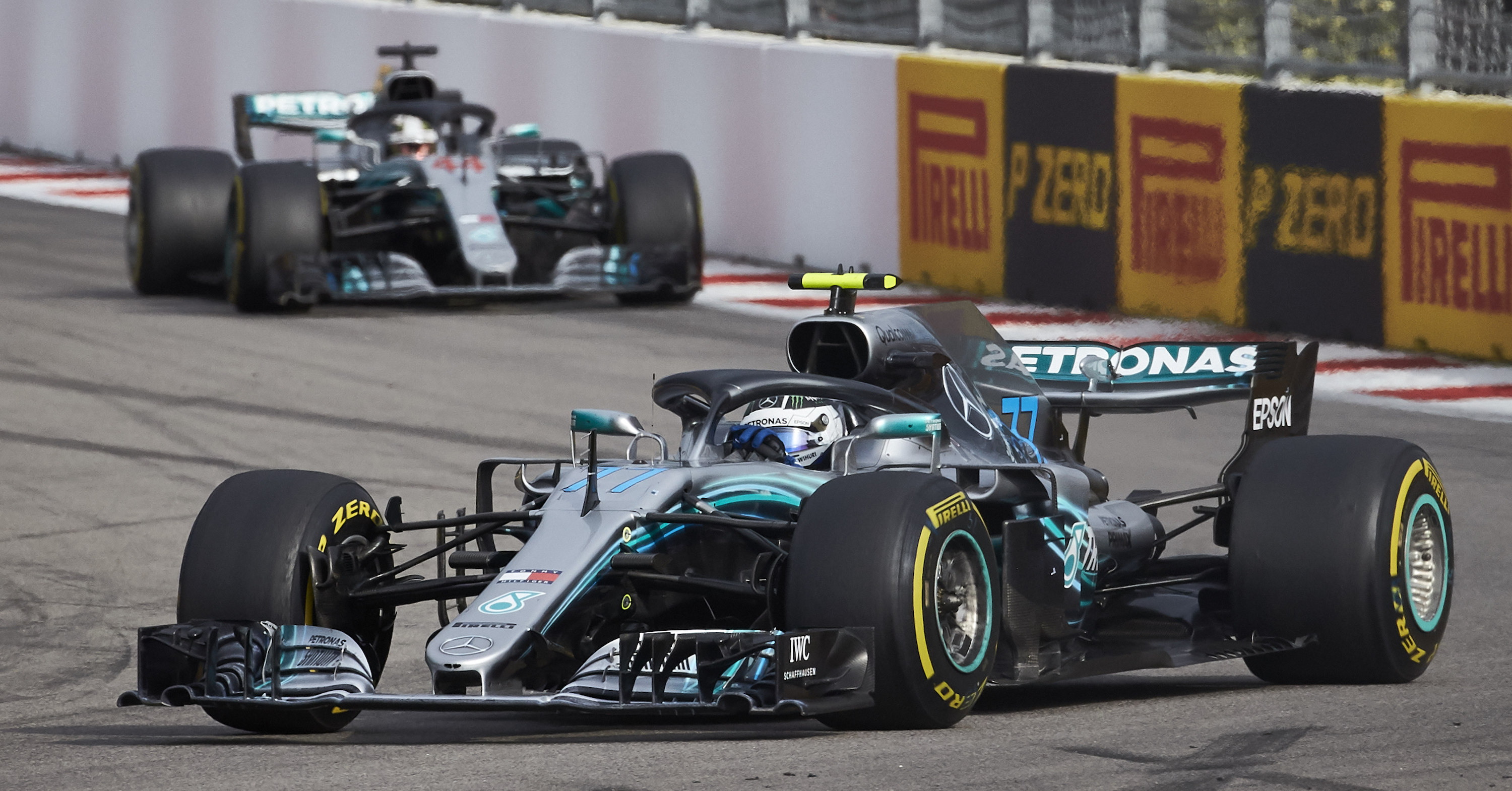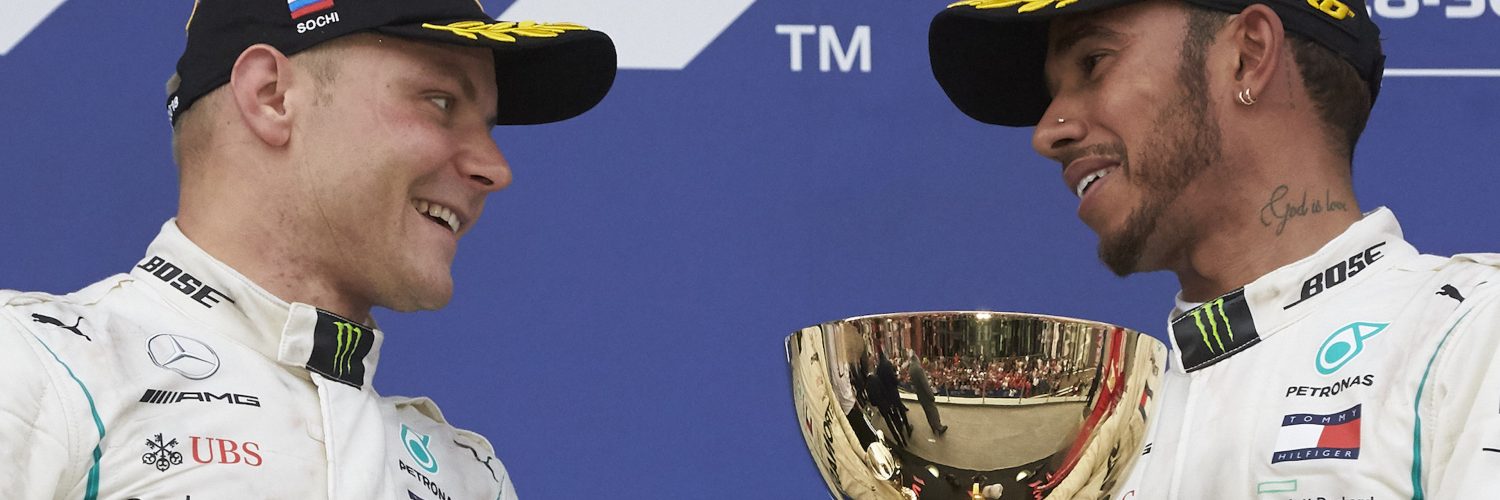In Formula One, controversy is never far away. And almost nothing sets tongues wagging quite as much as the prickly subject of team orders.
The very issue once again reared its head on lap 25 of the Russian Grand Prix as Mercedes ordered Valtteri Bottas to move aside and hand the lead of the race over to championship leader Lewis Hamilton.
With Hamilton’s rear tyres suffering blistering late on after his overtake on Sebastian Vettel, it was clear that in a straight fight, the Finn would certainly have won the race. A fact admitted by team boss Toto Wolff.
“We should feel over the moon with a one-two, and fundamentally we are, but we also feel it went against Valtteri,” said Wolff afterwards. “It would have been a race win for him, but we changed it.”
“The best case would have been it stays like it is and we finish second with Lewis and win with Valtteri, the worst case was the blister wouldn’t last until the end and Lewis would have been overtaken by Sebastian in order to manage his tyres.
“This is why I think Valtteri in between was the call we made. Rationally, it was the right call to do, but our sporting heart says no.”

The subject of team orders in F1 is nothing new. Famously, Englishman Peter Collins voluntarily handed over his Ferrari to the great Juan Manuel Fangio to aid his title charge during the 1956 Italian Grand Prix at the expense of his own after Luigi Musso refused to do likewise.
The invent of car to pits communication, however, has thrown an interesting variable into the mix. Now, teams and fans are easily able to see and hear an instant when a faster driver can be forced to concede his advantage in the interests of a teammate.
So incensed were fans of the sport in 2002, when Rubens Barrichello blatantly slowed by the finish line to allow Michael Schumacher to take victory for Ferrari, that team orders were outlawed at the end of the season.
Yet this did not end the debate, as coded, but decipherable messages made it obvious that such tactics were still at work – memorably during the 2010 German Grand Prix when leader Felipe Massa was told by his race engineer Rob Smedley that “Fernando (Alonso) is faster than you.”
That incident led to the lifting of team orders but that has by no means ended the controversy and drivers do not always listen to such team orders. No better was this demonstrated than during the 2013 Malaysian Grand Prix, when Sebastian Vettel defied the team order “Multi Map 21” to turn down his engine setting and not challenge leader Mark Webber. He disobeyed and went on to overtake the Australian and take victory, much to his teammate’s annoyance.
That Bottas played the sporting teammate was both admirable and understandable but has also raised further questions with some quarters even arguing that he should not have done so and should not have been ordered to.
As Bottas told Autosport afterward, it was not something that was initially planned.
“It was not something we had planned,” said the Finn. “Normally we go through everything before the race, all the scenarios, and how we would react to those things.
“What happened today, we could never expect that to happen and it was very suddenly I got the call. I definitely didn’t expect it, that’s why it was a little bit confusing.”
It’s what makes the sport so great. Everybody has an opinion. And that can only be a good thing.
Top image: Lewis Hamilton and Valtteri Bottas on the podium at the 2018 Russian Grand Prix. ©Steve Etherington.



